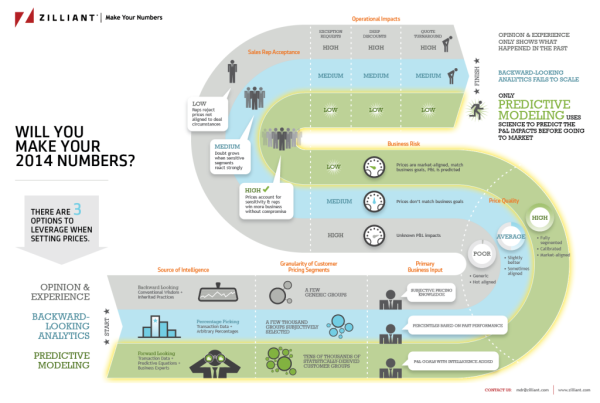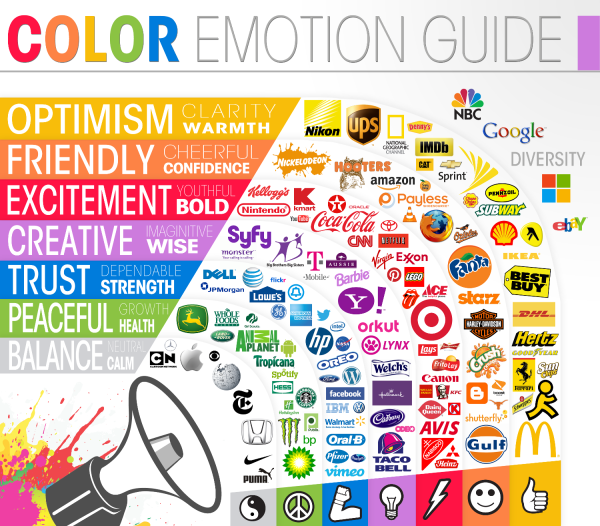12 Reasons Your Business Needs to Get Visual
If we’ve said it once, we’ve said it a million times… but once more wont hurt! Visuals are important!!! This infographic from re:DESIGN attempts to summarize the reasons why in 12 Reasons Your Business Needs to Get Visual.
The shift to the visual is evident everywhere we look, in all media — the infographic explains why.
A good, strong visual married to a good concept — with the right strategy and the right words — wins every time, especially in today’s busy, noisy media world. One thing is clear: visuals and all that traditional creative expertise brings to the table has never been more important for capturing eyeballs, expanding brand influence, and getting people to act.
Love the message and most of the points included. Good choice of images for each section. However, big fonts are not data visualizations and the infographic looks like it’s pushing the use of bigger fonts instead of visuals. Data shown in a big font does not provide the audience with any context, not do they make the data easier to understand.
I also noticed the popular false statistic included in the design: “Visual data is processed by the brain 60,000 times faster than text.” It’s a statistic often quoted in presentations and infographics about the value of visual information, but it’s not true. I’d love for this statistic to be real, but no one has been able to track down the original research. It was used decades ago in some 3M marketing materials for transparencies used with overhead projectors (yes, that long ago). It’s quoted so often now that everyone believes it.
If this topic interestes you, check out Chapter 1 of my book, Cool Infographics, called The Science of Infographics. There I cover the research and data behind why visual information is more effective and why infographics are so popular. You can download a free sample PDF of the chapter on the BOOK page.
Found on re:DESIGN
 Data,
Data,  business,
business,  communication,
communication,  infographics,
infographics,  science,
science,  visual
visual 



















